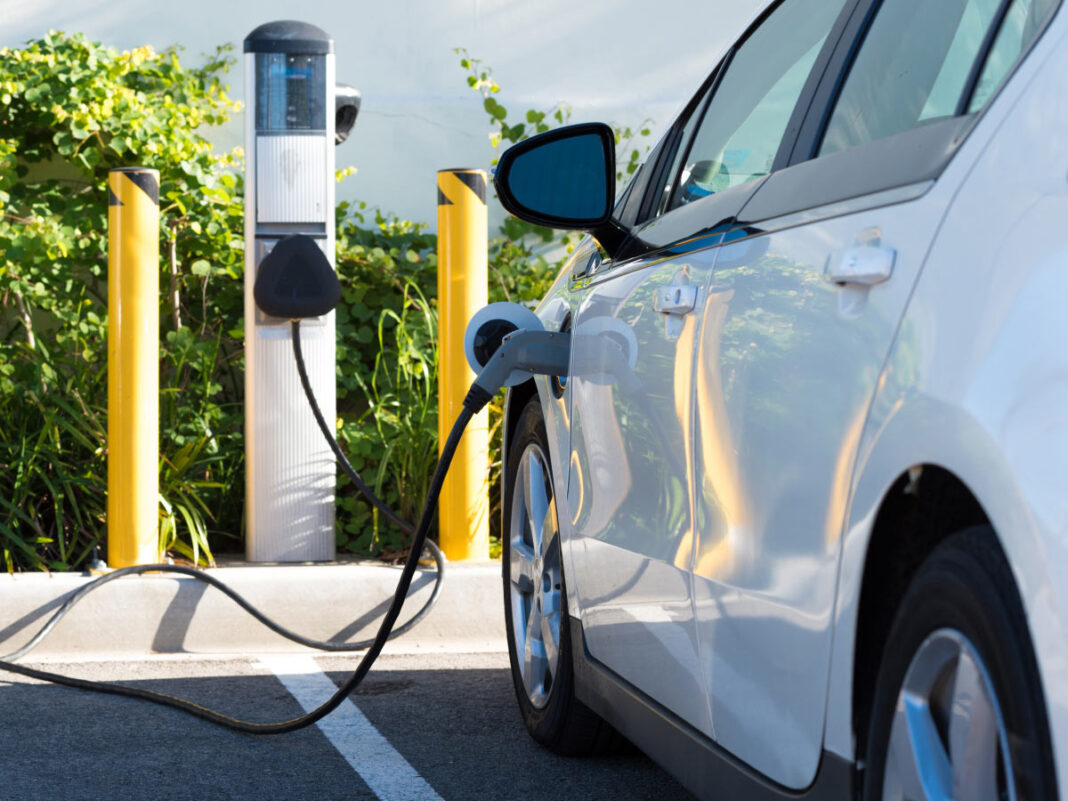As the automotive industry steps towards a greener future, hybrid vehicles have emerged as the practical intermediaries between traditional gasoline-powered cars and fully electric vehicles (EVs). These innovative vehicles provide the best of both worlds, combining the reliability of internal combustion engines with the efficiency of electric motors, and they’re gaining significant traction among consumers and automakers alike.
Understanding Hybrid Vehicles
Hybrid vehicles are made to use both gasoline engines and an electric motor to enhance fuel efficiency and lower emissions. The electric motor helps the gasoline engine during acceleration and can propel the vehicle at lower speeds, which is particularly beneficial in stop-and-go traffic. This synergy results in lower fuel consumption and fewer emissions compared to conventional vehicles.
For instance, hybrid cars use regenerative braking to capture energy usually lost during braking, storing it in the battery for later use. This technology not only enhances efficiency but also extends the vehicle’s driving range without the need for frequent recharging. Unlike fully electric vehicles, most hybrids don’t require external charging, as their batteries are replenished through the gasoline engine and regenerative braking systems. This convenience eliminates range anxiety and reliance on charging infrastructure, making hybrids an attractive option for many drivers.
The Popularity Surge of Hybrids
In recent years, hybrids have seen a remarkable increase in popularity. In the UK, for example, hybrids have become the second-most popular choice among car buyers, with 42% of British consumers planning to purchase a hybrid within the next 12 months. This surge is largely due to hybrids offering a seamless transition for drivers not yet ready to commit to fully electric vehicles but who still want to reduce their environmental impact.
Hybrids effectively bridge the gap between petrol and electric, providing a greener, more efficient way to drive while future-proofing against impending regulations that aim to phase out petrol and diesel vehicles by 2030. By choosing a hybrid, drivers can stay ahead of these changes without facing restrictions on where they can drive or being concerned about charging infrastructure limitations.
Moreover, hybrids are appealing for their cost-saving benefits. They reduce fuel consumption, leading to significant savings amidst volatile fuel prices. Many hybrids also fall into lower road tax bands and have lower insurance premiums, further reducing ownership costs. As the market expands, hybrid prices, including used models, have become more budget-friendly, making them accessible to a wider range of consumers.
Automakers Embracing Hybrids
Automotive manufacturers worldwide are recognizing the potential of hybrids as a key component of their sustainable transportation strategies. Companies like Toyota have leveraged their expertise to develop a broad range of hybrid models. Toyota’s hybrid-first approach is a calculated move, balancing innovation with practicality, and it’s paying off as hybrids account for a significant portion of their sales.
Toyota argues that their hybrid vehicles significantly reduce CO2 emissions. Chairman Akio Toyoda stated that emissions reduced by Toyota hybrids are equivalent to those from 3 million EVs. He also noted that due to some countries’ reliance on fossil fuel-generated electricity, transitioning to EVs may not necessarily be greener. This perspective highlights the role hybrids play in global markets where EV infrastructure is still developing.
Similarly, Western automakers like Ford and Stellantis are expanding their hybrid offerings. Ford’s hybrid models, such as the Maverick and F-150, provide practical solutions with excellent fuel economy and versatility. These vehicles cater to consumers who require the reliability of internal combustion engines but desire improved efficiency and reduced emissions.
Technological Advancements in Hybrid Vehicles
Advancements in hybrid technology are continually enhancing performance, efficiency, and the driving experience. Modern hybrids are equipped with sophisticated power management systems that optimize the use of the electric motor and gasoline engine. These systems adjust in real-time based on driving conditions and driver inputs to maximize efficiency.
Furthermore, hybrid vehicles are increasingly integrating with renewable energy sources. For example, plug-in hybrid electric vehicles (PHEVs) feature larger batteries that can be charged externally, providing extended electric-only driving ranges. This capability enables drivers to use electric power for daily commutes while relying on the gasoline engine for longer trips.
Automakers are also focusing on modularization to simplify hybrid production. Nissan’s “X-in-1” approach, for instance, reduces the size and weight of key drivetrain components, streamlining the manufacturing process and lowering costs. Such innovations make hybrids more accessible and appealing to consumers.
Addressing Challenges and Looking Forward
While hybrids offer numerous benefits, they also face challenges such as higher initial costs and the complexity of maintaining both electric and gasoline systems. However, as battery technology improves and economies of scale are achieved, these obstacles are gradually diminishing.
Government incentives and policies are playing a crucial role in promoting hybrid adoption. Programs like tax credits and access to carpool lanes encourage consumers to choose hybrids. Additionally, hybrids are exempt from certain restrictions and charges applicable to conventional vehicles in urban areas, providing further incentives.
The future of hybrids looks promising as they continue to serve as a stepping stone towards full electrification. They provide an immediate solution to reduce emissions and fuel consumption without requiring a complete overhaul of existing infrastructure. As consumer awareness grows and technology evolves, hybrids are poised to remain a significant part of the automotive landscape for years to come.
Conclusion
Hybrid vehicles are effectively bridging the gap between gas and electric, offering a practical, efficient, and environmentally friendly option for today’s drivers. By combining the strengths of both power sources, hybrids deliver a balanced solution that meets the demands of consumers and the challenges of sustainability. As the world moves toward a greener future, hybrids stand out as a key player in the journey towards zero emissions.


